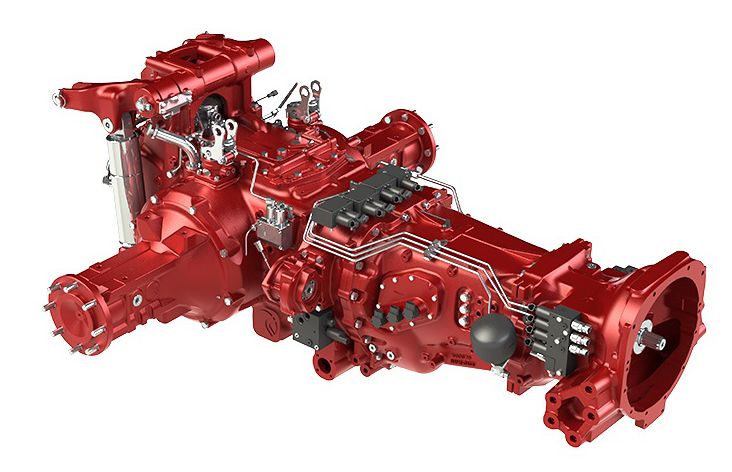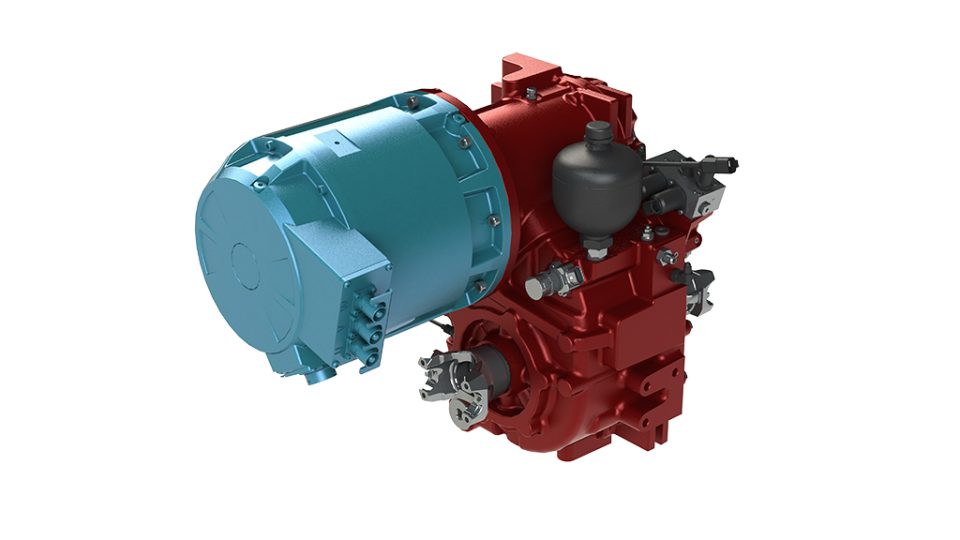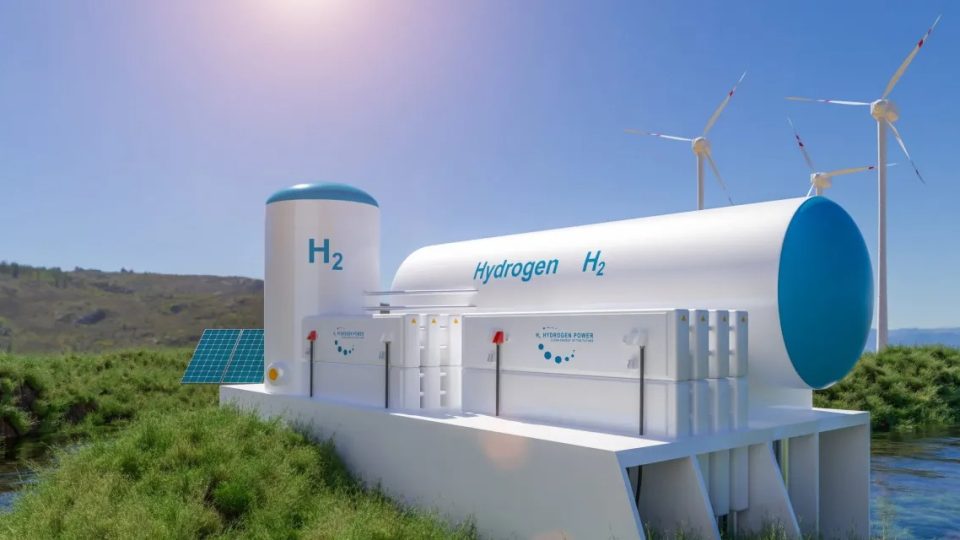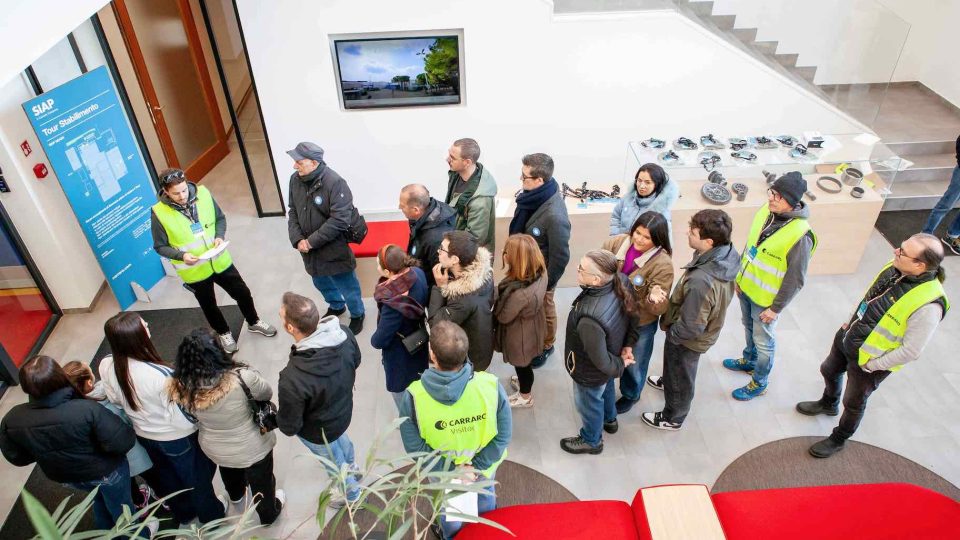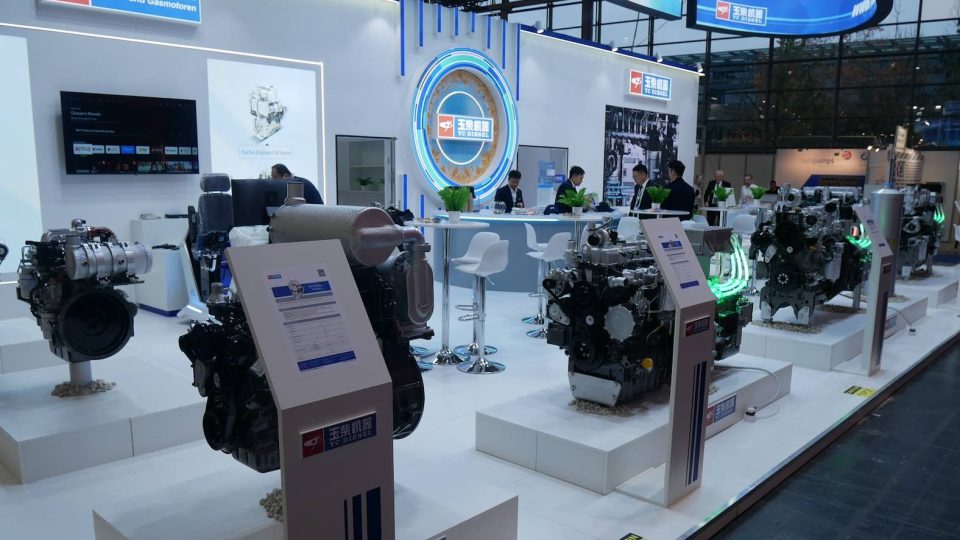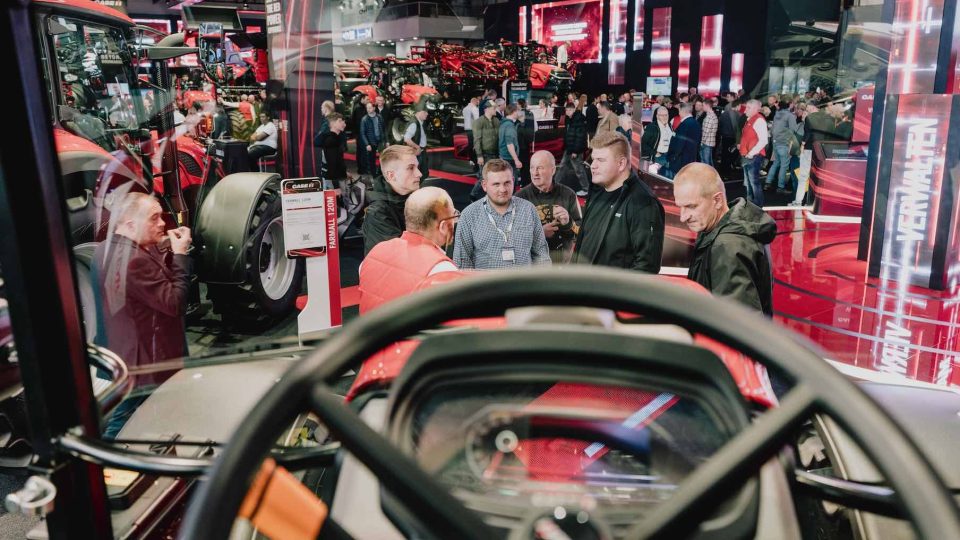Autonomous construction machines at bauma 2022
The development of autonomous construction machines is currently among the main goals of manufacturers and research institutes alike. Many aspects of this topic will be echoed at bauma, which will take place in Munich from October 24-30, 2022.
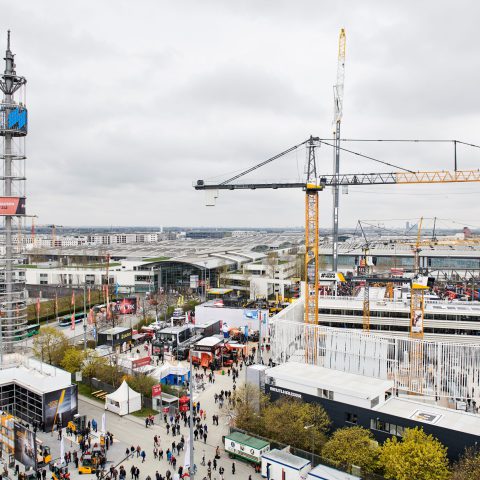
Machines that drive and work autonomously are among the big visions for the future of the construction industry. “However, ‘true’ autonomy in construction machines is highly unlikely in the foreseeable future, because – unlike in the self-contained working environment of a quarry or mine, for example – there are complex technical and safety-related challenges,” says Tim-Oliver Müller. The Director of the Hauptverband der Deutschen Bauindustrie believes that it is far more realistic and achievable for the construction industry to develop and use “intelligent” construction machines with semi-automated, automated or supporting functions – and to do so for selected construction processes, such as in earthwork, road construction or special heavy construction. “Such solutions have the potential for noticeable increases in efficiency and productivity,” Müller says. They could relieve the machine operators of repetitive and tiring activities.
A discussion of the current situation on the path to autonomous or at least intelligent construction machines is possible at bauma 2022, the world’s leading trade fair for construction machinery, building material machines, mining machines, construction vehicles and construction equipment. The fair will take place on 24-30 October 2022, after being postponed several times due to the pandemic.
MiC 4.0: Laying the foundations for the construction site of the future
Firstly, in order to enable partial automation even on more complex construction sites, cross-manufacturer machine-to-machine communication is essential. Together with the Main Association of the German Construction Industry (HDB), the Mechanical Engineering Industry Association (VDMA) wants to create the best conditions for this. For this reason, the associations founded the “Machines in Construction 4.0” (MiC 4.0) working group at bauma 2019. The results achieved by MiC 4.0 in the last three years will be presented to the specialist audience in the innovation hall LAB0 at bauma.
Cobots reduce the process time
Maximilian Schöberl from the Chair of Materials Handling, Material Flow, Logistics at the Technical University of Munich expects that, ten years from now, various cobots will be active on construction sites. The term “cobot” is a portmanteau of “collaboration” and “robot”. It refers to robots designed for direct collaboration with humans. Schöberl and a research team from the chair expected to see developments in this direction in the form of a commercially viable, radio-controlled vibratory plate compactor. This was initially made “automation-ready” with appropriate sensors and control units. Ultimately the scientists coupled the machine to an excavator in the follow-the-leader principle: The excavator created a plane, while the vibratory plate compactor constantly followed it around independently, packing down the bulk.
Mobile robots equipped with sensors for inspection tasks
Can robots help to monitor the status of construction projects, such as the 3.6 km-long Köhlbrand Bridge in Hamburg? That’s one of the questions being worked on by researchers from the Institute for Digital and Autonomous Construction from the Technical University of Hamburg. To do so, they are using a four-legged mobile robot, the I-DOG. The machine is about the size of a poodle and is equipped with sensors for measuring, processing and analyzing data on building structures. It is also capable of recording and analyzing vibrations, which can be used to detect structural damage.

